☕️ SUDDEN AND UNEXPECTED ☙ Thursday, July 3, 2025 ☙ C&C NEWS 🦠
From a politically seismic swamp reunion to a deep dive into the sudden and unexpectedly bad swamp of bright-red danger signals of a pending iatrogrenic catastrophe.
Good morning, C&C, it’s Thursday! Today’s roundup starts in the swamp, with a political reunion that could transform the country, and ends with a deep-dive into new, highly troubling insurance and social security statistics that wanders so far afield that I even (briefly) mention the white-hot-conspiracy-theory Deagle Report for the very first time in C&C. Buckle up.
🌍 WORLD NEWS AND COMMENTARY 🌍
🦎🦎🦎
It was one of the most encouraging political developments of Summer 2025. The New York Times ran the story yesterday headlined, “On Pivotal Day for His Bill, Trump Leaves Washington for ‘Alligator Alcatraz.’” In short, the Trump-DeSantis rift appears to have been bridged with a thousand yards of chain link fence in the middle of the world’s largest swamp.*
On Tuesday, President Trump departed D.C. (as the Times noted, during a pivotal political moment) for his home state of Florida. But not headed to Mar-a-Lago. He was headed for the Everglades National Park, where he met Florida Governor Ron DeSantis. Pay attention: it was the first time the two men have appeared together in public since Trump resumed the presidency on January 20th. It’s important.
Sprawling across 1.5 million acres, Florida’s Everglades is the largest subtropical wilderness in the United States and the only place on Earth where alligators and crocodiles cohabitate in the wild. Known as the “River of Grass,” it hosts a slow-moving sheet of water 60 miles wide and over 100 miles long— so vast it can be seen from space without Hubble help. The Everglades is home to more than 360 species of birds, including the elusive snail kite, the world’s smallest falcon, and other biological oddities like the inscrutable Skunk Ape, which you can learn all about at Dave Shealey’s World Famous Skunk Ape Research HQ in unpronounceable Ochopee.
Brazil claims to have the “biggest” swamp in the world, by area, its so-called “Pantanal,” but that place is garbage. The Everglades beats it hands down in all other categories. In less well-known stats, it also boasts the world’s largest continuous stand of sawgrass —delicious in sandwiches, but chew delicately— and contains more species of orchids than the entire state of Alaska has flowering plants. Recognized as a UNESCO World Heritage Site, a Wetland of International Importance, and a Biosphere Reserve, the Everglades holds more simultaneous conservation designations than any other ecosystem on the planet.
One of America’s 63 official National Parks, the Everglades is not your average hike. It’s a vast, swampy labyrinth with no trails, no fresh water, no cell service, no restrooms, no illustrated park maps, and a whole host of adventurous hazards like venomous snakes, deep muck, alligators, and heatstroke-inducing humidity. Even seasoned outdoorsmen need serious prep: GPS, maps, water filtration, bug repellent, food, a flat-bottom airboat, and a float plan filed with someone responsible. Be prepared to encounter blood-sucking mosquitoes as big as a medium-sized Doberman shepherd.
🦎 On July 1st, President Trump took reporters deep into the Everglades to unveil what may be the most Florida thing since bath salts or hanging chads: a rapidly constructed $450 million migrant detention complex dubbed “Alligator Alcatraz.” Flanked by Governor DeSantis and DHS Secretary Kristi Noem, Trump strolled past chain-link cages and gator-infested swampland, grinning delightedly as he declared, “Biden wanted me in here… that son of a b––.”
The quip wasn’t just bravado, it was a scorched-earth reminder of Trump’s survival tour of politically weaponized prosecution. The site, built atop the remote and long-abandoned Dade-Collier International airstrip, will house up to 5,000 migrants and is surrounded by alligators, crocodiles, skeeters, quickmud, ten-pound South American lizards, and invasive pythons.
President Trump offered tactical advice to getaway detainees: “Don’t run in a straight line. Zigzag from the gators.”
Whether for immigration deterrence or political theater, “Alligator Alcatraz” was pure Trump, a gift-wrapped Sunshine State present that proved irresistible and finally broke the ice: pure Trumpian spectacle, symbolism, and score-settling swamp justice.
The men’s frigid relationship thawed faster than a CO2-infused glacier.
“You’re my friend and you’ll always be my friend,” Trump assured DeSantis as he kicked off a roundtable discussion after taking a tour of the detention facility. “We may even have some skirmishes in the future, I doubt it. But we’ll always come back because we have blood that seems to match pretty well.”
The President gave a nod to the now-settled feud: “We had a little off period for a couple of days, but it didn’t last long. We have a lot of respect for each other.”
Trump rated his newly mended relationship with the Governor as “a 10 — maybe a 9.9 because there might be a couple of little wounds. I think we have a 10. We get along great.”
In one dramatic moment of conciliation, Governor DeSantis offered for the State’s engineers to build a needed water reservoir since, only slightly boastingly, Florida’s emergency-response teams work faster than the Army Corps of Engineers. Trump jokingly asked himself for permission and accepted the generous offer on the spot:
CLIP: DeSantis offers to help finish building the federal detention center in the swamp (0:28).
The political ramifications of the country’s most popular President working alongside the Nation’s most popular governor are limitless.
Trump, the experienced CEO-president, understands that even the strongest brand must plan for succession. DeSantis, about to term out in Florida, arrives with executive chops, a loyal donor base, and a national profile sharpened by pandemic policy wars. And while DeSantis famously rejected the idea of a VP slot in 2024, that was before Trump crushed the indictments, Biden flamed out, and MAGA consolidated under a more imperial second-term presidency.
Assuming the détente holds —and both men appear to want it— Ron DeSantis faces unusually fair political tailwinds as he nears the end of an astonishing eight-year ascent from relative obscurity to international prominence. In 2018, he was a first-term congressman with a small Fox News following. By 2026, he’ll have completed two terms as one of the most aggressive and effective governors in the country, having transformed Florida from a bruised purple battleground into the GOP’s cherry-red stronghold.
A Navy JAG by training and a tactician by instinct, DeSantis brings both legal and executive experience to the table— traits that make him dangerously flexible in a Trump administration. Trump could slot him almost anywhere: Attorney General, Secretary of State, Defense, HHS— even, as he quipped this week, helming the Federal Reserve. The joke landed, but the subtext was serious: DeSantis is versatile, dangerous, and trusted again. If loyalty holds, Trump may treat him not just as a tool of policy, but as an heir in grooming.
Meanwhile, the Democrats’ bench hosts Gavin Newsom and Gretchen Whitmer. So.
💉💉💉
I will now depart from normal C&C practice, and make a calculated leap of speculation with potentially vast implications. But recent evidence demands it. Yesterday, ZeroHedge ran a story headlined, “Centene Crashes Most On Record, Sparks Selloff In Managed Care Stocks.” This is not good news. It could be awful.
The managed care industry got carpet-bombed yesterday, after Centene Corporation, one of the largest health insurers in the U.S., suffered the worst single-day stock drop in its history—crashing up to 40% after yanking its 2025 guidance. The crash was caused by devastating new actuarial data showing that Centene’s Affordable Care Act (Obamacare) enrollees are sicker, costlier, and fewer than expected, especially in 22 states where Centene holds significant market share.
The company now faces an unexpected $1.8 billion hit to its 2025 earnings, triggering immediate Wall Street downgrades and a sector-wide investor panic. UnitedHealth had already slashed its forecast weeks earlier and replaced its CEO. Now, analysts warn that the Obamacare risk pool is unraveling, with spiking Medicaid costs and mispriced premiums dragging down the entire industry. Bluntly, insurers had bet on healthy growth— but have hemorrhaging patients instead.
Centene Corporation is one of the largest health insurance providers in the United States, specializing in government-sponsored programs like Medicaid, Medicare Advantage, and Affordable Care Act (ACA) marketplace plans. Headquartered in St. Louis, Centene serves over 28 million members (about a tenth of the entire country), primarily low-income and vulnerable populations. Its rapid rise came from aggressively expanding into public health contracts across dozens of states, making it a bellwether for the broader managed care industry. In short, Centene is a key pillar of the federalized U.S. healthcare safety net.
But the company’s explanations made the hair on the back of my neck stand up. They cited two “unexpected” developments. First, morbidity (sickness and permanent disability) is rocketing upwards. Seon, at the same time, their insured pools are shriveling. The loss of enrollees is, presumably, because of excess death. Why else would very sick people drop off free or heavily subsidized insurance rolls?
Centene’s clients are not typical MAHA folks who might be fleeing ACA for non-traditional healthcare. They are folks captured by government healthcare.
💉 Centene’s customers are possibly the most heavily jab-propagandized populations on planet Earth. Its core customer base includes Medicaid recipients, ACA exchange enrollees, and Medicare Advantage members. I.e., seniors and low-income, working-age folks. These are precisely the populations that faced the most aggressive vaccine outreach, were most subject to institutional mandates and incentives, and had the fewest options to resist or opt out.
Medicaid recipients were often required or heavily pressured to get vaccinated in order to keep jobs, access care, or participate in other public programs. ACA ‘marketplace’ enrollees, many of whom fall into the working-poor category, were heavily targeted by state-level campaigns. And Medicare Advantage members —primarily older adults— were at the front of the vaccine rollout line, with near-total uptake among those over 65.
If a long-term adverse event signal were associated with mass vaccination, Centene’s risk pool would necessarily be disproportionately exposed to that signal. Consider that with rapidly rising morbidity, shrinking enrollment, and a $1.8B actuarial shock —i.e., future forecasts of the same or worse— the implications become uncomfortably plausible.
The fact that Centene had to suddenly withdraw guidance —not revise, not adjust, but yank it entirely— and instead report a devastating $1.8 billion projected hole, based on new data from its auditors, suggests the trend was recent and sharp, not gradual. The scope or scale was unexpected— possibly exponential. Their previous assumptions were suddenly falsified in an astonishingly short timeframe.
That means the underlying risk landscape shifted materially, and fast.
💉 But even that unsettling news wasn’t what turned my blood to icy sludge. It was another dot that snapped right into place. On June 29th, I ran a different story, at that time describing a happy DOGE success story. The story was about the federal government’s new plan to claw back 50% of fraudulent Social Security overpayments, a welcome development. Here’s the thing: the clawbacks hadn’t started yet. But in my optimism, I decorated the story with this graph, which showed the largest drop-off in Social Security payments in history, starting this year:
So, this morning, as I considered Centene’s disaster story, my lawyer’s brain automatically clicked back to that surprising Social Security graph. Now, don’t get me wrong. It absolutely could be improved waste, fraud, and abuse tracking, as I’d supposed on June 29th. But … I was just guessing. The Administration hasn’t taken any victory laps claiming that historically reduced Social Security payments were the fruits of DOGE labor. Not officially or even unofficially. I was just trying to connect some dots.
But … what if there’s another explanation? What if the historic downward spike in Social Security payouts is because … there are suddenly a lot fewer seniors?
💉 I don’t want to make these kinds of connections. But after years of litigation training, I can’t help it. The Social Security chart is evidence that reinforces the Centene bombshell— a massive, actuarially driven revelation of sudden and unexpectedly high morbidity and shrinking insured populations in Medicaid and the ACA exchanges. Two entirely separate systems. Two different populations. One unmistakable pattern: rapidly shrinking rolls of government-dependent individuals, precisely as healthcare costs suddenly explode.
If large numbers of Centene’s clients are disappearing, and Social Security payouts are plummeting simultaneously, it’s not just plausible, it’s even likely that we’re seeing the same people vanish from two systems at once. Unlike the health insurance market, Service Corporation International (SCI), America’s largest provider of funeral services, cremations, and cemeteries, has climbed over 109% since 2021, and the latest trendline shows a renewed climb into 2025.
Carriage Services (CSV), another major player in the deathcare industry, is up an eye-watering 163% since the jab rollout started.
If we were searching for the early warning signs of an iatrogenic catastrophe on a national scale, this is exactly what it would look like.
In other words, if a significant portion of the population experienced subclinical injury or long-term health destabilization from a medical intervention (say, inflammation, clotting, immune dysregulation), then you’d expect a lag. Not immediate death, but a multi-year, slow-motion collapse, with inflection points stabbing when the weakest systems start to give out.
Years 2 to 4 post-intervention is prime time for that kind of morbidity to begin translating into mortality— especially in already-vulnerable populations like elderly, disabled, and immunocompromised.
So the sudden 6-month drop in Social Security payouts now, in 2025, is consistent with wave-one fatal outcomes starting to manifest en masse. And it matches Centene’s sudden and unexpected announcement, and the deathcare stocks acting like they’ve struck gold.
💉 Anecdotally, many independent public health watchers (myself included) have noticed a recent uptick in sudden and unexpected deaths and disabilities. Just yesterday, one of my high-profile, out-of-town mediations with a $100-billion hospital canceled on short notice, because the hospital’s tall building lawyer experienced a severe cardiac problem. That kind of thing maybe happened once in my pre-covid career. Now, everybody’s like, okay, let’s check our calendars for the reschedule.
Here are some eerily similar headlines from just within the last two days, without even trying:
Folks, those four examples are nothing. It’s almost not even fair to use them, since showing only four suggests some sort of outer limit. There’s no limit.
💉 Before the pandemic, the phrase “Died Suddenly” carried a strong, terrifying narrative charge. It was media catnip. It wasn’t just a passive phrase; it was a hook. A mystery. The beginning of a story, not the end of a tragic but boring happenstance.
Think back to how the media used to treat these cases. We’d see two-part headlines like:
“Tragedy strikes small town as beloved coach collapses during morning run—community demands answers.”
“Young banker dies suddenly after flu-like illness—family searching for cause.”
“Rising star’s unexpected death sparks medical questions.”
But now, the same headlines are clipped, containing just the first part. Soandso Died Suddenly. The End.
Before, there’d be a follow-up. A human-interest angle. Sometimes a medical explainer. Often, a speculative medical deep-dive. And in the pre-covid press, the phrase “died suddenly” was usually accompanied by details or at least pursued by the journalist. It was a white elephant of a disruption, and disruptions invited investigation.
But now, “Died Suddenly” is the resolution. The period at the end of a SADS sentence. The dismissal of communities demanding answers, the disconnection of families searching for causes, and the terminal station for medical curiosity. No why, no how, no autopsy results. Just a shell of a statement —it’s just SADS again, mind the heat while gardening— and then the news feed scrolls on.
The media has transitioned from Agatha Christie Investigates to Kafka Press Release.
💉 The continuing paucity of any official or media interest in these kinds of klaxon-blaring population signals (Centene, Social Security, deathcare stocks) is devilishly frustrating. But there are some signs of hope. For one, after a mysterious two-year rhetorical hiatus, the phrases “died suddenly” and “died unexpectedly” have returned to the journalistic lexicon. For nearly two years, those phrases were scrubbed out, replaced with sterile euphemisms like “medical event,” “passed away peacefully,” or the crowd-favorite no cause of death provided.
Maybe they think we’ve grown accustomed to it, like a background hum; but either way, the events are easier to find now. (At one point, it got so bad we’d resorted to searching the GoFundMe pages.) At least that phase is over. It’s just harder to talk about it now, since sudden deaths have become so troublingly commonplace.
I cannot help but shake the sense that we are quickly approaching an undeniable inflection point when someone will be forced to confront the obvious. Disappearing Social Security recipients and ACA enrollees aren’t something easily swept under the rug. Real money is involved; not even pandemic-era money. Think bigger. Much bigger.
And, Heaven help me for even mentioning this, but my mind keeps swiveling back to the internet-infamous 2010 Deagle Report, that terrifying and mysterious spreadsheet coldly predicting in hard numbers a massive depopulation event this year —2025— an unsourced but MIC-linked document that has been subject to more obfuscation, disinformation, misinformation, false flags, urban legends, careless chatter, and plausible denials than perhaps any other single document in history.
I once took a deep-dive down its rabbit hole, and the Deagle Report is both much less interesting and also much more interesting than any of the hot takes realize.
It’s kind of crazy. Here we are in 2025, facing sudden, unexplained population shrinkage in the most medically advanced nations, insurance data (Centene) screaming morbidity, Federal transfer programs (Social Security) quietly purging beneficiaries, excess deaths still statistically elevated but narratively invisible, fertility rates in freefall, turbo cancers, squiggly white blood clots and unnameable anomolies reported by morticians, SADS, an explosion of anecdotal evidence, and most damning of all: official apathy.
For those of you who have any idea what on Earth I am talking about, let me know in the comments whether you’d like to see a special Conspiracy Theory Edition on the Deagle Report, and whether you think that could have general interest. Beware, it will consume an entire roundup.
In conclusion, we who remain live to fight another day. The unwanted duty falls to we, the fortunate, to bear witness, to speak when others are silent, and to ensure that the architects of this unfolding disaster are all finally run to ground and hung as high as Haman (after fair trials, of course). We must ensure that this slow-motion iatrogenic catastrophe is neither memory-holed nor mythologized.
The truth will be the reckoning.
Despite all of that, have a terrific Thursday! Coffee & Covid shall return tomorrow with a fresh pot of Jamaica’s finest, and an all-new roundup of essential news and classic C&C commentary.
Don’t race off! We cannot do it alone. Consider joining up with C&C to help move the nation’s needle and change minds. I could sure use your help getting the truth out and spreading optimism and hope, if you can: ☕ Learn How to Get Involved 🦠
How to Donate to Coffee & Covid
Twitter: jchilders98.
Truth Social: jchilders98.
MeWe: mewe.com/i/coffee_and_covid.
Telegram: t.me/coffeecovidnews
C&C Swag! www.shopcoffeeandcovid.com


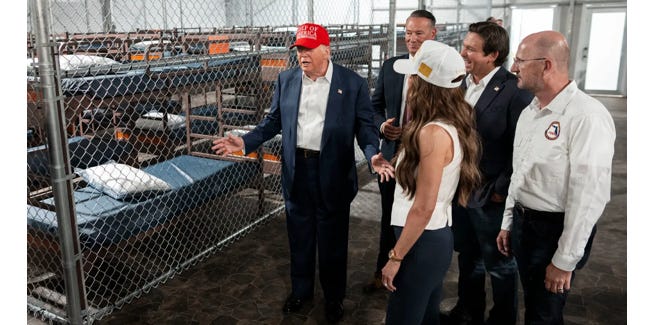

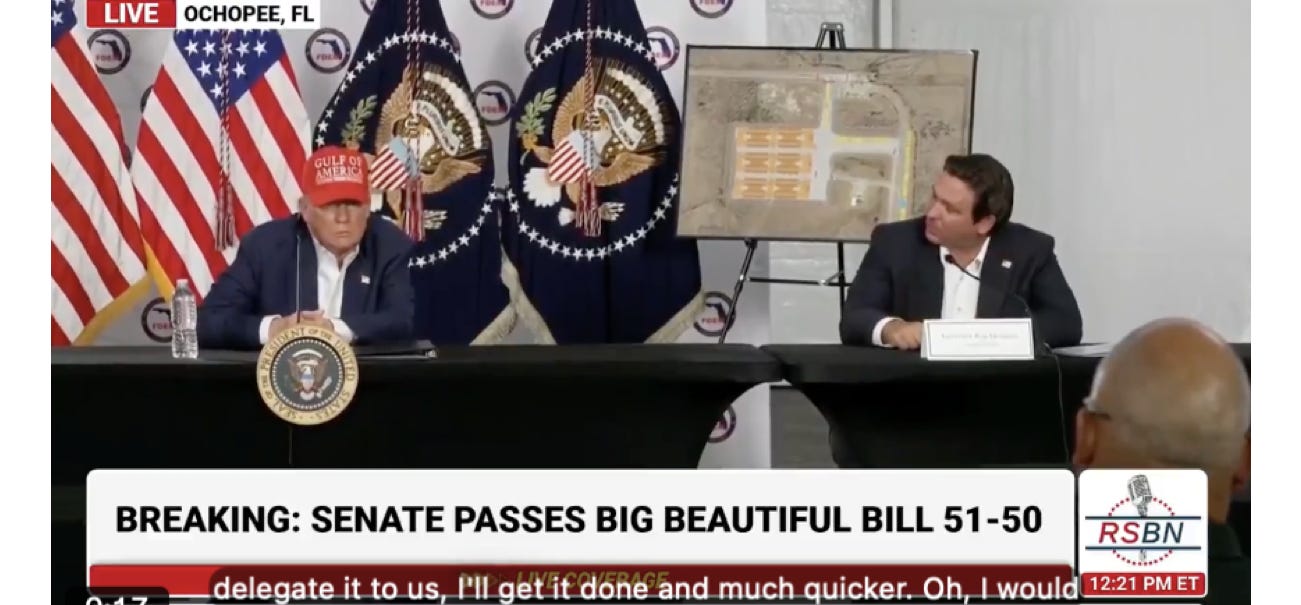


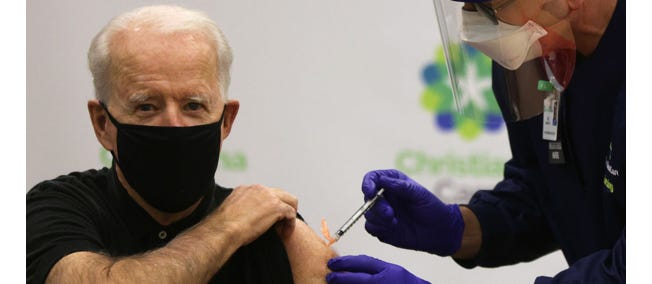
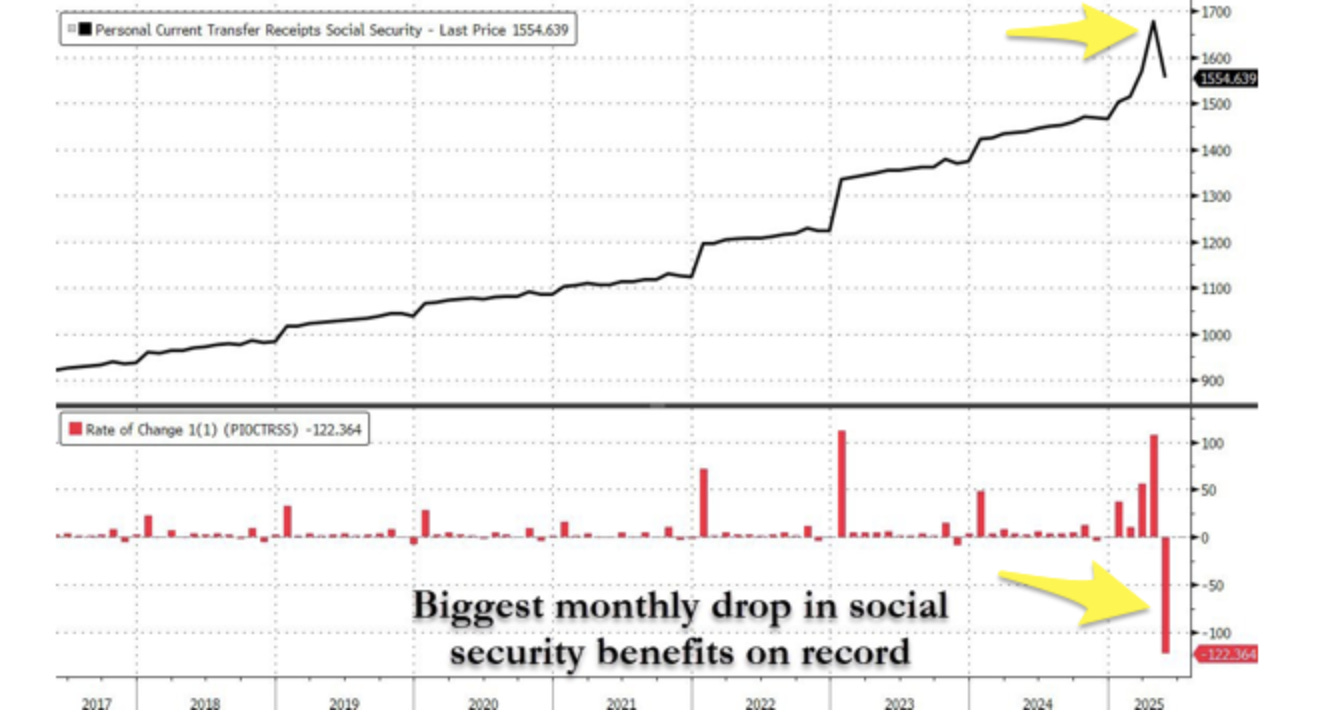
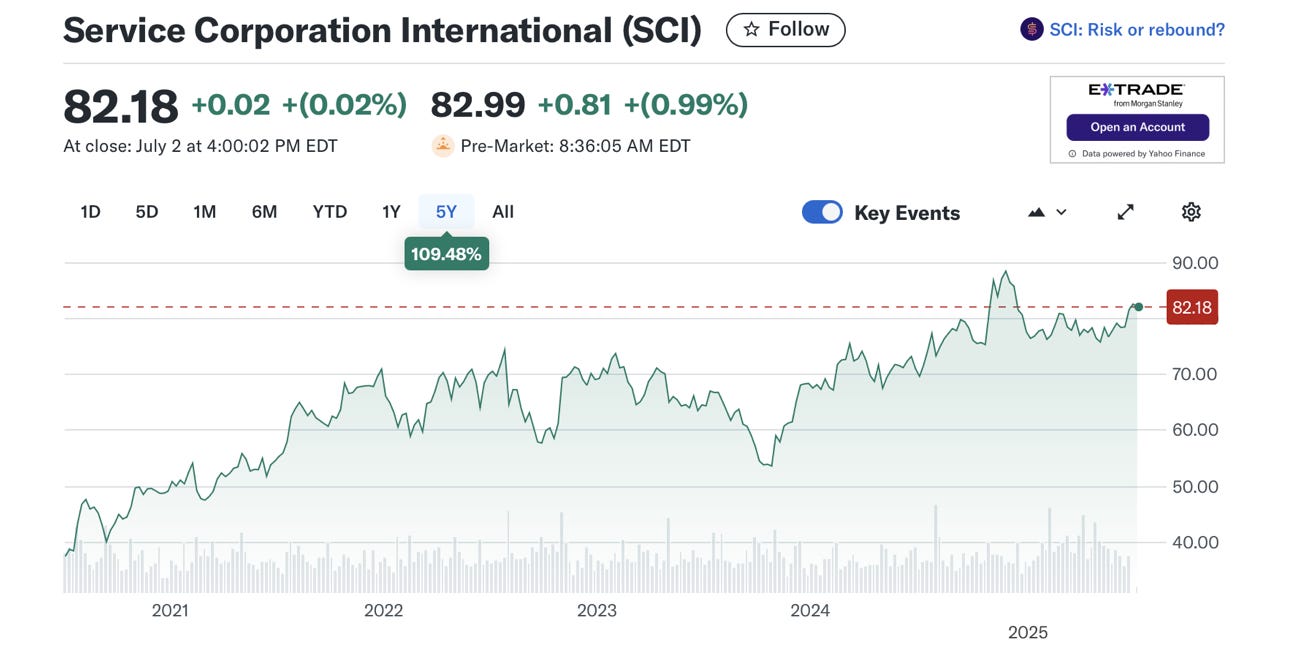
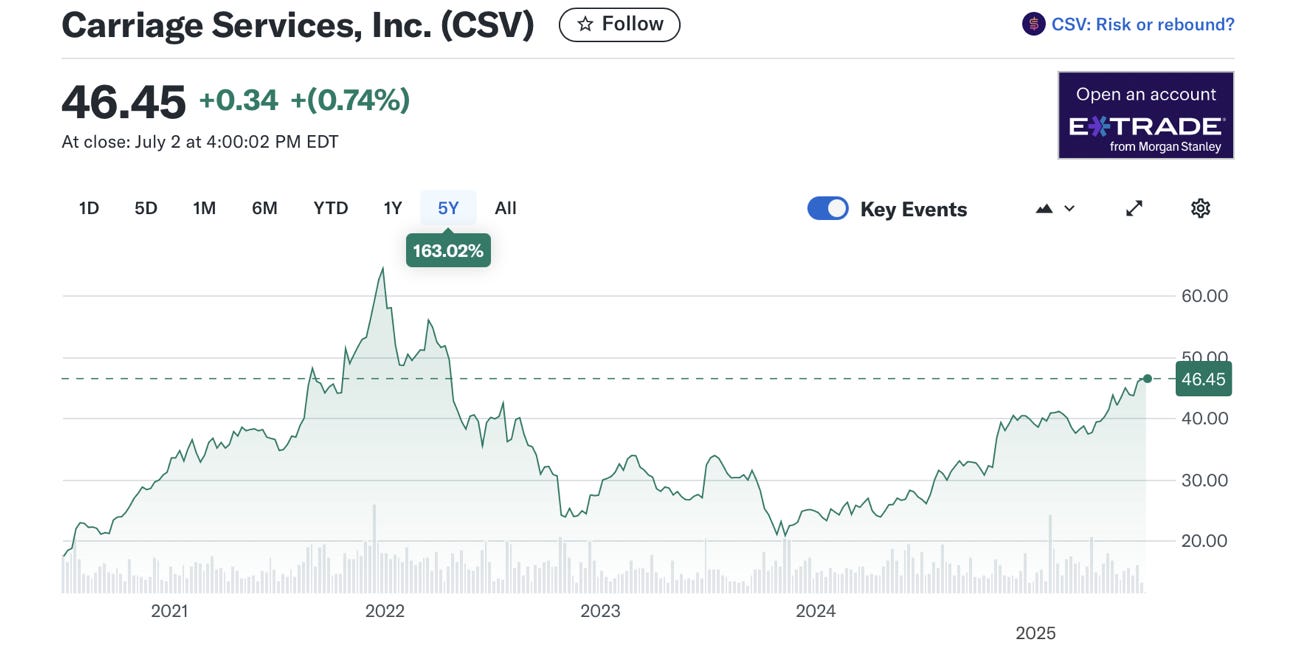


AUTHOR'S NOTE
— It seems the consensus is "yes" on Deagle Report
I vote YES on the Deagle Report special issue. 😊